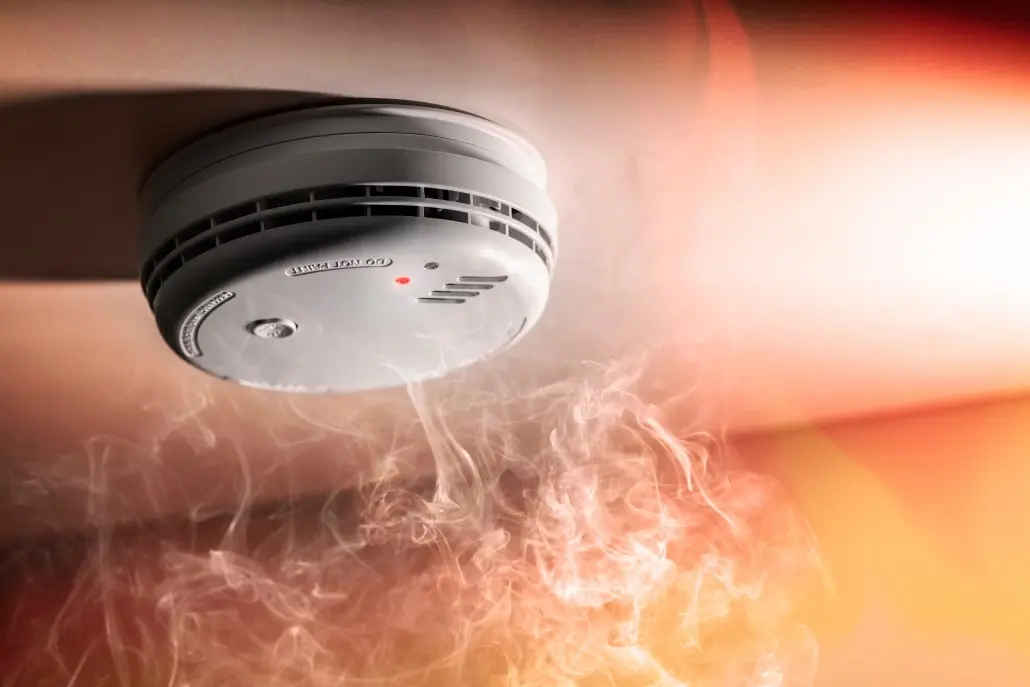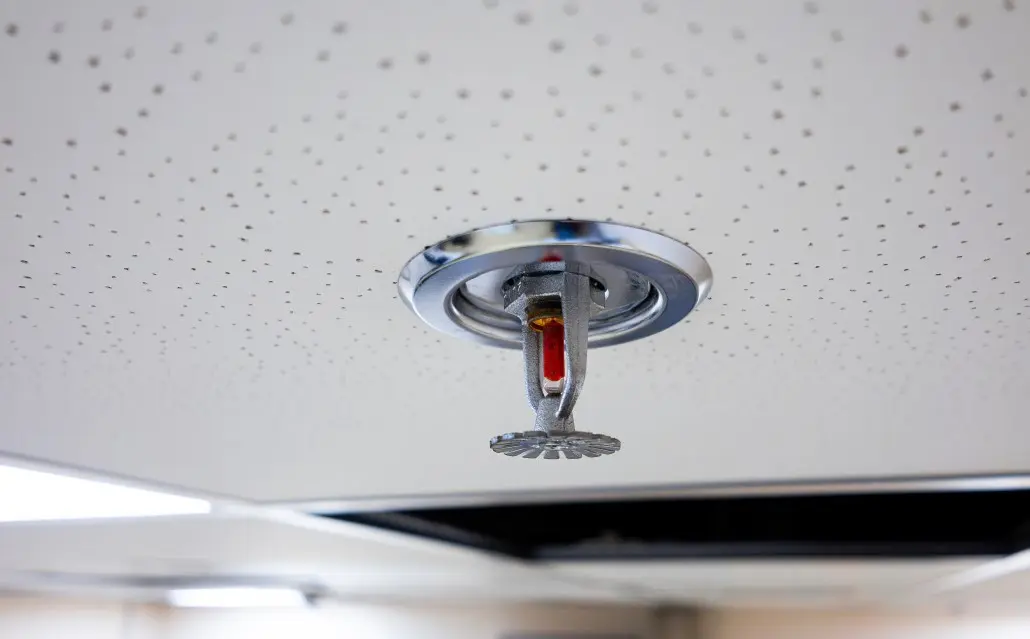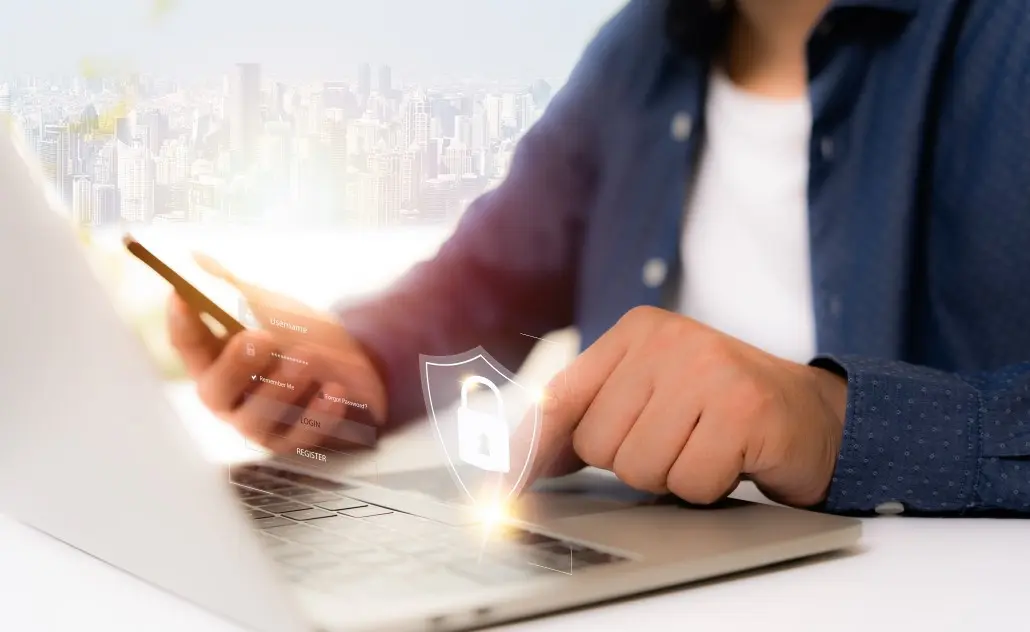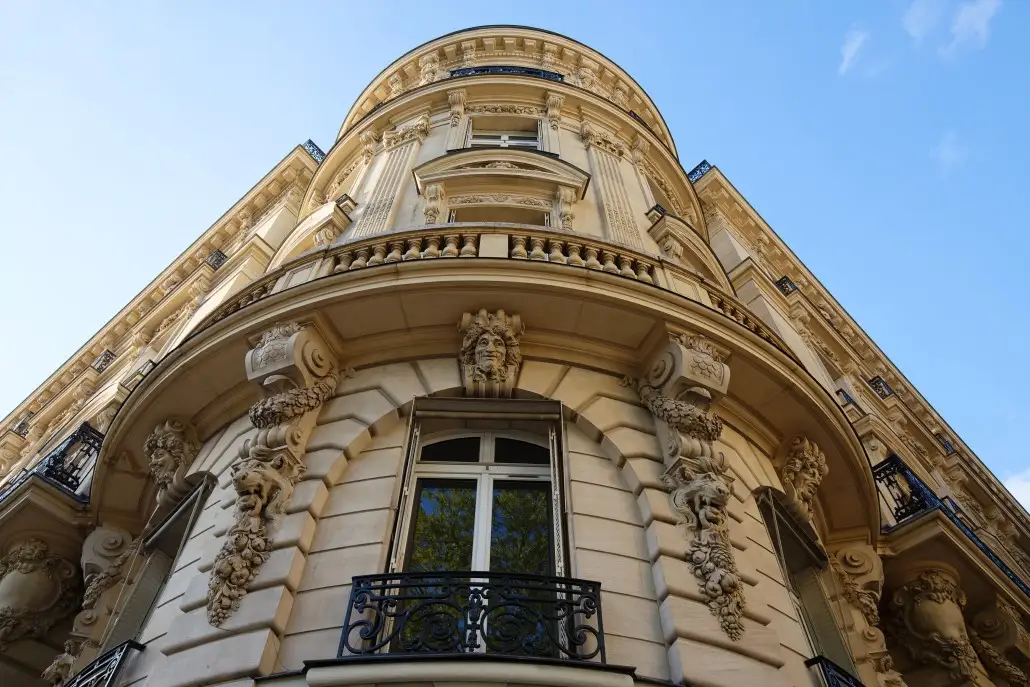
2025 NFPA Updates: What Chicago Owners Need to Know
Major 2025 NFPA fire code updates impact Chicago businesses. New cybersecurity rules, sprinkler changes & costs. Expert compliance guide from Forbel.

The 2025 National Fire Protection Association (NFPA) code updates represent the most significant overhaul in fire safety regulations in over a decade. With mandatory cybersecurity requirements, redesigned sprinkler standards, and enhanced inspection protocols, Chicago businesses face compliance costs that could increase fire safety budgets by 25-40% in the first year alone.
As Chicago's fire alarm system installers, the Forbel team of experts has analyzed these changes to help you navigate the new requirements efficiently.
Breaking Down the Major 2025 NFPA Code Changes

The 2025 updates to NFPA codes fundamentally reshape how fire alarm systems, sprinkler systems, and overall building safety are managed. These changes impact four critical standards that govern commercial fire protection.
NFPA 72: Mandatory Cybersecurity for Fire Alarm Systems
The shift from optional to mandatory cybersecurity requirements marks a watershed moment for networked fire alarm systems. Previously relegated to informational Annex J, cybersecurity now occupies a mandatory Chapter 11 in the national fire alarm and signaling code. In other words, this change acknowledges that modern fire detection systems are no longer isolated analog devices but interconnected digital networks vulnerable to cyber threats.
Key requirements include:
- Configuration and implementation protocols for all networked systems.
- Regular security assessments and vulnerability testing.
- Staff training on cybersecurity best practices.
- Access control and authentication measures.
How do the 2025 NFPA fire alarm regulations compare to the 2020 version? The new standards are significantly stricter, as they require documented cybersecurity protocols that weren't previously mandated. Systems without internet connectivity continue to be exempt, but any system with remote monitoring capabilities must comply.
NFPA 13: Revolutionary Changes to Sprinkler Systems
The 2025 edition introduces groundbreaking updates for sprinkler installations, particularly addressing longstanding system area limitations. Major changes include:
- Seismic bracing overhaul: Complete alignment with ASCE/SEI 7 standards, requiring reassessment of all pre-2020 installations in seismic zones. According to industry analysis, this could add 20-35% to retrofit costs for affected buildings.
- Sloped ceiling solutions: Based on Fire Protection Research Foundation testing, ESFR sprinklers and control mode specific application (CMSA) sprinklers can now be installed in spaces with ceiling slopes up to 4:12 (18.5 degrees). This expansion provides new options to protect storage occupancies with certain sloped ceiling arrangements.
- Vapor corrosion inhibitors (VCIs): Now recognized as equivalent to nitrogen installed systems, VCIs offer a cost-effective corrosion prevention method with a higher C-factor of 120 for Hazen-Williams calculations.

NFPA 101 & NFPA 1: Enhanced Life Safety Requirements
The life safety code and fire code updates emphasize proactive prevention in residential and commercial buildings. Here are the key changes to note:
- Enhanced emergency communications demands for mass notification systems.
- Stricter requirements for evacuation routes and fire department access.
- Digital documentation mandates for all inspection and maintenance records.
- Improved smoke control measures for high-occupancy buildings.
What are the implications for storage occupancies under the new code? Storage arrangement and storage layout plans must now account for enhanced sprinkler coverage requirements, with particular attention to non-flat obstructions and heat collection zones.
NFPA 25: Inspection, Testing & Maintenance Revolution
The 2025 updates transform maintenance from reactive to proactive through enhanced ITM requirements. Critical changes include:
- Tighter timelines for obstruction investigations
- Standardized color-coded tagging systems
- Enhanced antifreeze solution testing protocols
- Water supply analysis requirements for all systems

Chicago-Specific Implementation Timeline and Requirements
Chicago's adoption of NFPA codes follows a unique "lag-and-amend" model that affects implementation timelines and compliance strategies for local businesses. Here’s what you should know:
Chicago's Code Adoption Process: Timeline and Key Factors
Chicago currently operates under the 2019 Chicago Construction Code, which incorporates the 2017 National Electrical Code (NFPA 70). According to the Chicago Department of Buildings, the city's code modernization involves:
- Technical working groups reviewing updates line-by-line.
- Stakeholder oversight committees evaluating local impacts.
- Phased implementation through administrative interpretations.
When will Chicago adopt the 2025 NFPA codes? Based on historical patterns, expect targeted amendments by Q3 2025, with full adoption potentially extending into 2026-2027.
Chicago's Enhanced Requirements Beyond NFPA Standards

Chicago has stricter requirements for specific building types that exceed national standards:
High-rise buildings (>80 feet):
- Mandatory emergency voice communication systems
- Speakers required at every apartment/condo entrance
- Enhanced firefighter communication infrastructure
Multifamily dwellings (16+ units):
- Manual fire alarm systems for all-resident notification
- Central station monitoring requirements
- Annual professional inspections
Educational facilities:
- Supervised CO detectors with 24/7 monitoring
- Enhanced mass notification systems
- Quarterly evacuation drills with documentation
Cost Analysis: The Budget Impact on Chicago Businesses
The financial implications of the 2025 NFPA updates vary significantly based on building type, age, and existing systems.
Initial Implementation Costs by Building Type
Based on market analysis from the U.S. fire alarm industry, which reached $10.11 billion in 2022 with projected growth to $14.13 billion by 2030:
Long-Term Financial Considerations
Are the new requirements more cost-effective than previous versions? While the initial costs are higher, the 2025 updates offer several long-term financial benefits:
- Reduced false alarms: Saving approximately $2,000 annually in false alarm fees.
- Lower maintenance costs: VCI technology reduces corrosion-related expenses by 15-25%.
- Insurance premium reductions: Compliance can lower premiums by 5-15%.
- Avoided penalties: Chicago fines for non-compliance range from $500-$10,000 per violation.
Compliance Strategies for Chicago Building Owners

To navigate the 2025 NFPA updates successfully, you need a strategic approach mindful of Chicago’s regulatory environment.
Priority Action Items for Q1 2025
- Conduct cybersecurity assessment:
- Evaluate all networked fire alarm systems
- Document current security measures
- Identify gaps needing immediate attention
- Review sprinkler system documentation:
- Verify water supply data accuracy
- Assess seismic bracing compliance
- Document fixed obstructions and ceiling configurations
- Establish digital documentation systems:
- Transition from paper to electronic records
- Implement secure cloud storage solutions
- Create audit trails for all maintenance activities
- Schedule professional evaluations:
- Engage certified fire protection professionals
- Obtain comprehensive system assessments
- Develop phased upgrade plans
Working with Chicago Authorities
The Chicago Fire Department and Department of Buildings maintain specific expectations for compliance documentation:
- Shop drawings must follow NFPA 72 layout formats exactly.
- Final shop drawings require professional engineer stamps.
- Electronic submissions preferred in electronic or hard copy format.
- Draft reports must be submitted 30 days before implementation.
Technology Updates: New Systems and Equipment
The 2025 codes embrace emerging technologies that improve fire detection and suppression capabilities.
Advanced Detection Technologies
- Acoustic leak detection: Now formally recognized for gas leak identification through sound analysis, particularly valuable for industrial applications with negative pressure systems.
- Thermal imaging fire detectors: Specific installation guidelines differentiate these from traditional video or radiant heat detectors, offering enhanced detection in challenging environments.
- Restricted audible mode operation (RAMO): Designed for sensitive environments like schools or healthcare facilities where traditional high-decibel alarms could be harmful.

Enhanced Sprinkler Technologies
- Vacuum systems: Listed vacuum systems now have formal design criteria, offering advantages in freeze-prone environments.
- Flexible sprinkler hose fittings: Updated specifications for flexible sprinkler hose installations offer more design flexibility while maintaining safety standards.
- Extended coverage options: New provisions for extended coverage sprinkler designs reduce the number of sprinklers needed while maintaining protection levels, potentially using three sprinklers instead of four sprinklers or five sprinklers in certain configurations.
Special Considerations for Chicago's Building Stock
Chicago's unique architectural heritage and climate create specific challenges for NFPA 2025 compliance.
Historic Buildings and Retrofits

Chicago's pre-war buildings face particular challenges with:
- Unobstructed construction requirements conflicting with ornate architecture.
- Wireless systems offering 40-60% labor savings in sensitive retrofits.
- Special variance procedures through the Chicago Landmarks Commission.
Climate Considerations
Chicago's extreme temperature variations affect:
- Antifreeze solution requirements in pre-action sprinkler systems.
- Collecting heat challenges in high-ceiling warehouse spaces.
- Freeze protection for water-based systems.
Navigate 2025 NFPA Compliance Confidently
The 2025 NFPA code updates bring substantial changes to Chicago's fire safety landscape, from mandatory cybersecurity protocols to enhanced sprinkler requirements. While the initial costs are significant, the long-term benefits in safety, liability reduction, and operational savings make compliance essential.
Ready to ensure your building meets the new standards? This isn’t a process you have to go through alone. Our certified fire protection experts at Forbel specialize in Chicago's unique regulatory requirements, and we’re here to help you navigate this process with ease. Contact us to schedule your compliance assessment today.
.jpeg)
Need Help with Compliance?
Our team at Forbel can provide a professional assessment and a customized plan that fits your timeline and budget.

Heading







